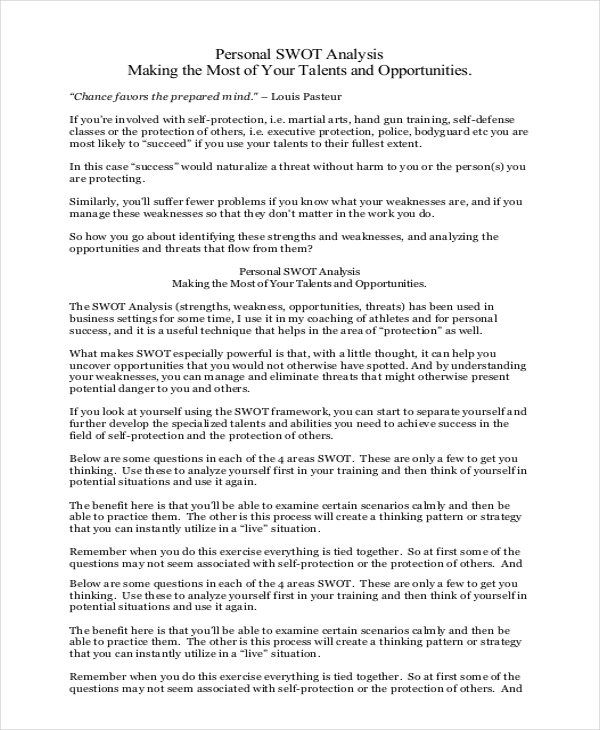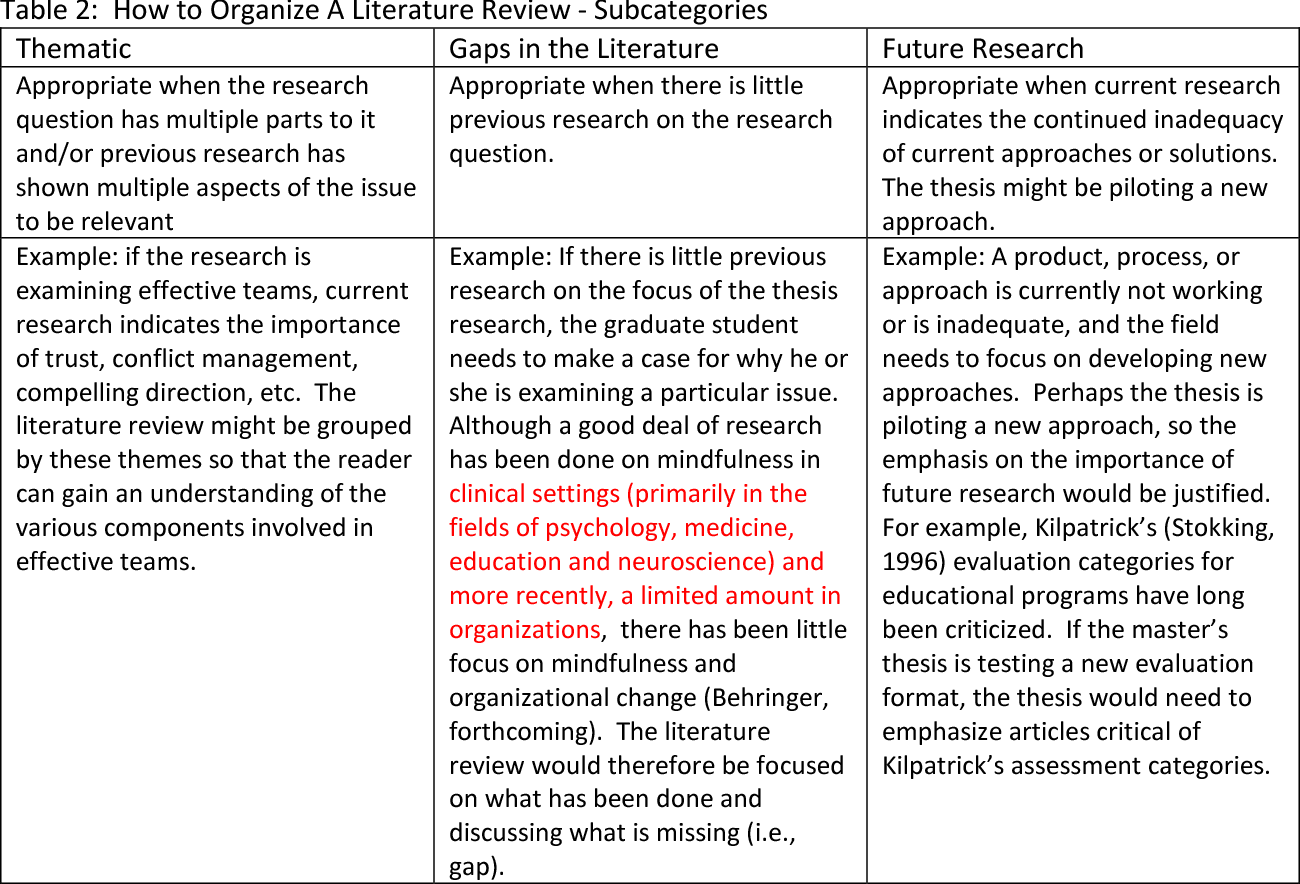A good research paper includes the results section. This part of the paper should be easy to read and should include the tests that were performed and the results they revealed. However, different fields of study use different formatting conventions for the results section. For example, psychology papers may use the APA style for their papers while other fields use the Harvard system. In such a case, it is important to consult the style guide for the specific area you’re working on to ensure that your research paper follows proper style guidelines.
When writing the results section, it is important to make the distinction between the raw data and the normal research material. The latter should not be included in the main text. The professor may request that you include raw data in an appendix. Despite what you may think, it’s important to distinguish between the two types of data. For example, raw data should not be included in the main text of the paper.
The results section should be organized in a logical manner, with each section organized around the research question. The purpose of the results section is to present the type of data that you gathered and the way in which the results answered the research question. For example, you could present survey data in a table, while tables could show standard deviations, probabilities, correlation matrices, and subcategory analyses. You should also consider the amount of text necessary for the reader to understand the results and their significance.
Before writing the Results section, the authors should check the guidelines for the target journal and read similar articles to get an idea of what they should include and exclude. In addition, it is recommended to use a methodological approach, with the data organized in tables and figures. Afterwards, write the Results section based on the order in which the tables and figures appear in the paper. For more clarity, they should ask for expert advice and input from experts in the field.
When writing the results section, it’s important to remember that the results section is a summary of the data you collected and how they relate to the research question. It’s not necessary to include the raw data in the results section, since it isn’t presented to the instructor. Instead, summarize your findings in the text, tables, and figures. Then, discuss the limitations of your study. After the results section is done, you should present the conclusions in the text, but do not make any claims or draw cause-effect relationships.
Choosing what data to include in the results section of a research paper is a challenging task. Choosing what to include, how to present it, and how to present it is crucial. Focus on important findings and new discoveries that advance the field. If you are trying to write a paper that’s aimed at the general public, it’s crucial to include results that are important to the research. In addition, the results section should be brief and concise.
The results section is the most important part of a research paper. It’s where you present your results and the analysis that you did on them. The results section should be a logical summary of your experiments, not a personal interpretation of your findings. If there was a correlation between two variables, explain why it exists in the Discussion section. A good research paper also includes an introductory context, which repeats the research question.
The results section of a research paper reports the key findings of the study. You should state your findings in a clear and unbiased way, while at the same time avoiding bias. Moreover, your findings should be easy to interpret, particularly if the data presented in the paper was your own. This way, you’ll know what the majority of your results were. The results section also sets the stage for the Discussion section.
A final section of a research paper should summarize the results. Depending on your topic, the results section can be in either a single paragraph or in multiple sections. In the latter case, it’s important to present the results in their own sentences. You can summarize the main points in a single sentence, or use it as a narrative bridge to the conclusion section. So, don’t worry about the word count in the results section.



